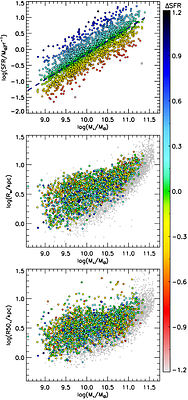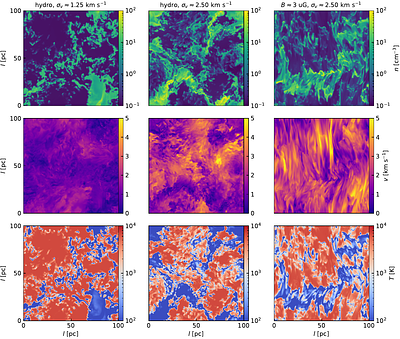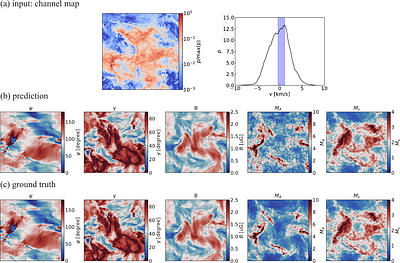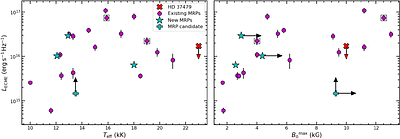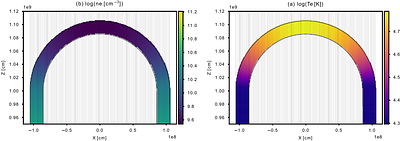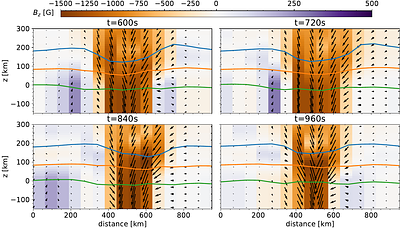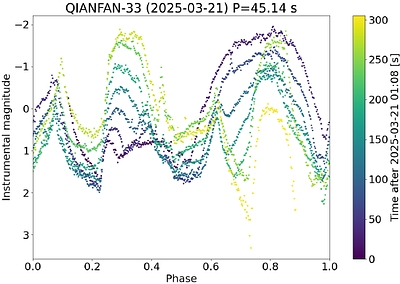By: Nicholas Fraser Boardman, Vivienne Wild, Natalia Vale Asari, Francesco D'Eugenio
By: Yue Hu
The JDISC Survey: Linking the Physics and Chemistry of Inner and Outer Protoplanetary Disk Zones
By: Nicole Arulanantham, Colette Salyk, Klaus Pontoppidan, Andrea Banzatti, Ke Zhang, Karin Öberg, Feng Long, John Carr, Joan Najita, Ilaria Pascucci, María José Colmenares, Chengyan Xie, Jane Huang, Joel Green, Sean M. Andrews, Geoffrey A. Blake, Edwin A. Bergin, Paola Pinilla, Miguel Vioque, Emma Dahl, Eshan Raul, Sebastiaan Krijt, the JDISCS Collaboration
By: Yue Hu
By: Daniel F. Ryan, Laura A. Hayes, Hannah Collier, Graham S. Kerr, Andrew R. Inglis, David Williams, Andrew P. Walsh, Miho Janvier, Daniel Müller, David Berghmans, Cis Verbeeck, Emil Kraaikamp, Peter R. Young, Therese A. Kucera, Säm Krucker, Muriel Z. Stiefel, Daniele Calchetti, Katharine K. Reeves, Sabrina Savage, Vanessa Polito
By: Barnali Das, Matt E. Shultz, Joshua Pritchard, Kovi Rose, Laura N. Driessen, Yuanming Wang, Andrew Zic, Tara Murphy, Gregory Sivakoff
By: A. Dolliou, J. A. Klimchuk, S. Parenti, K. Bocchialini
By: G. Liu, I. Milić, J. S. Castellanos Duran, J. M. Borrero, M. van Noort, C. Kuckein
By: Anthony Mallama, Richard E. Cole, Stephan Hellmich, Roger Spinner, Jeff Warner, Jay Respler
By: Marcelo C. Vergara, Abbas Askar, Albrecht W. H. Kamlah, Rainer Spurzem, Francesco Flammini Dotti, Dominik R. G. Schleicher, Manuel Arca Sedda, Arkadiusz Hypki, Mirek Giersz, Jarrod Hurley, Peter Berczik, Andres Escala, Nils Hoyer, Nadine Neumayer, Xiaoying Pang, Ataru Tanikawa, Renyue Cen, Thorsten Naab
